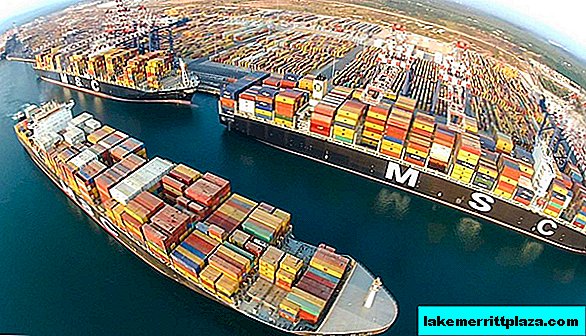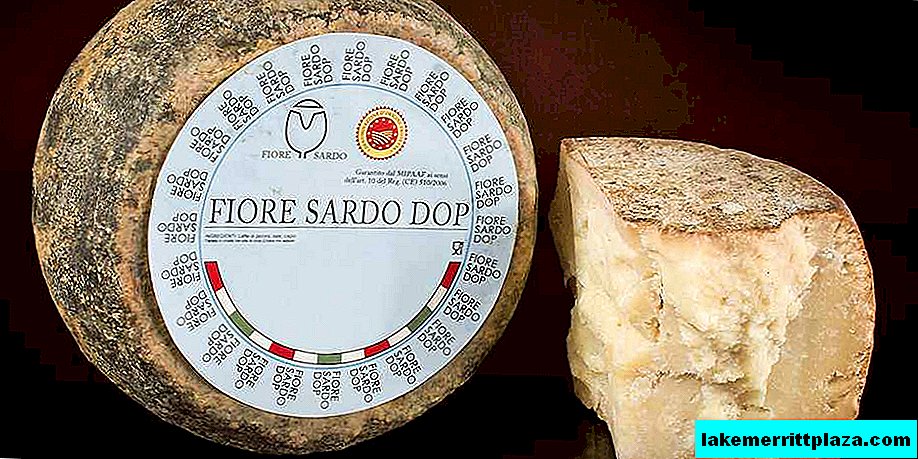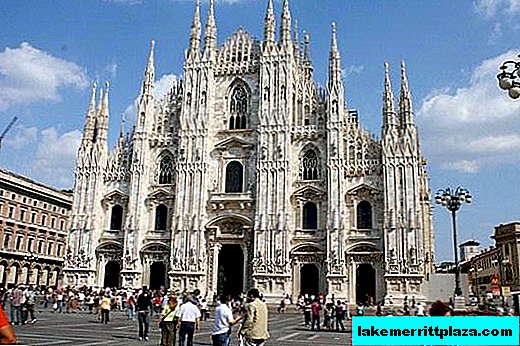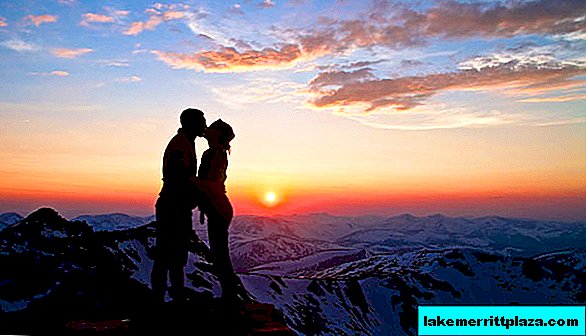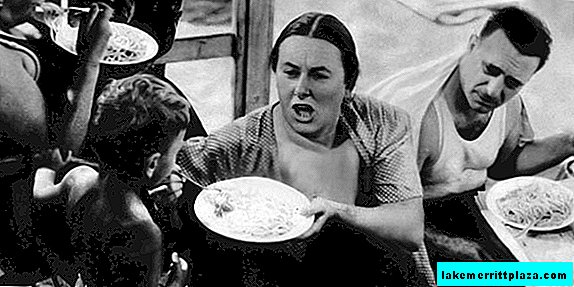Piazza del Popolo or "People's Square" was defeated in Rome in the 16th century by order of Pope Sixtus V. Three streets diverge from the square in a southerly direction, which were then the main thoroughfares: Corso (Via del Corso), Ripeta (Via di Ripetta) and Babuino (Via del Babuino), the latter will lead you to another Roman attraction - the Spanish Steps.
Today, any car traffic is prohibited on the square and it is completely at the mercy of local residents and numerous tourists.

In the center of the square is the obelisk of Flaminia - a 24-meter stone column 3400 years old, which was taken out of Egypt by order of Octavian Augustus. For centuries, the column stood in the arena of the Big Circus, where it was destroyed over time.
During the excavation, it was discovered, restored and installed on the Piazza del Popolo, calling it the obelisk of Flaminia. Today around the obelisk are fountains in the form of marble lions.

In the north of the square are the gates of Porta del Popolo or the gates of the Flaminiev, behind which starts Via Flaminia, laid back in ancient Roman times.

In the south of the square, the almost identical churches of Santa Maria dei Miracoli and Santa Maria di Montezanto, representing a wonderful baroque duet, are located symmetrically to the beginning of Corso Street.

In the east of the square is the Napoleonic staircase. A staircase connects the square with the Napoleon terrace of Pincho Hill.
As you can see, near Piazza del Popolo, a very good strategic location relative to the main attractions of Rome, and many bus, tram stops plus the metro make it one of the main transport arteries of the city.
Find hotel near Piazza del Popolo
Approximate time from the square with a walking step:
- Spanish Steps - 10 minutes;
- Borghese Gallery - 15 minutes;
- Trevi Fountain - 15 minutes;
- Pantheon - 15 minutes;
- Altar of the Fatherland in Via del Corso - 20 minutes;
- Colosseum - 30 minutes;
- Vatican, St. Peter's Basilica - 20 minutes;
- Cats in Rome - 30 minutes;
- Trastevere - 30 minutes;

The vast territory of the hill is occupied by Villa Borghese - an English-style garden complex. Villa Borghese is the third largest park in Rome.
See how to get to the Piazza del Popolo from the Spanish Steps on GOOGLE maps


